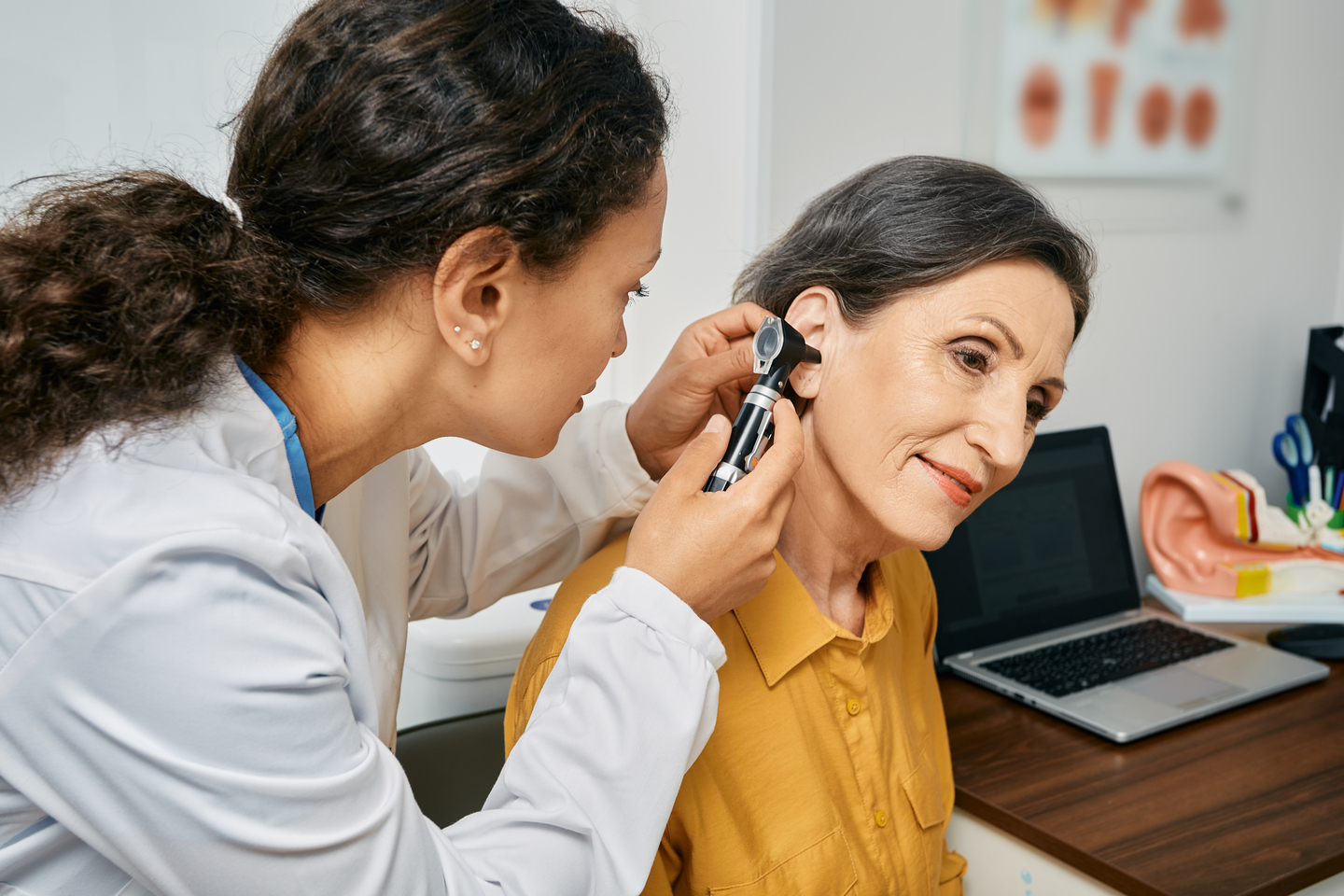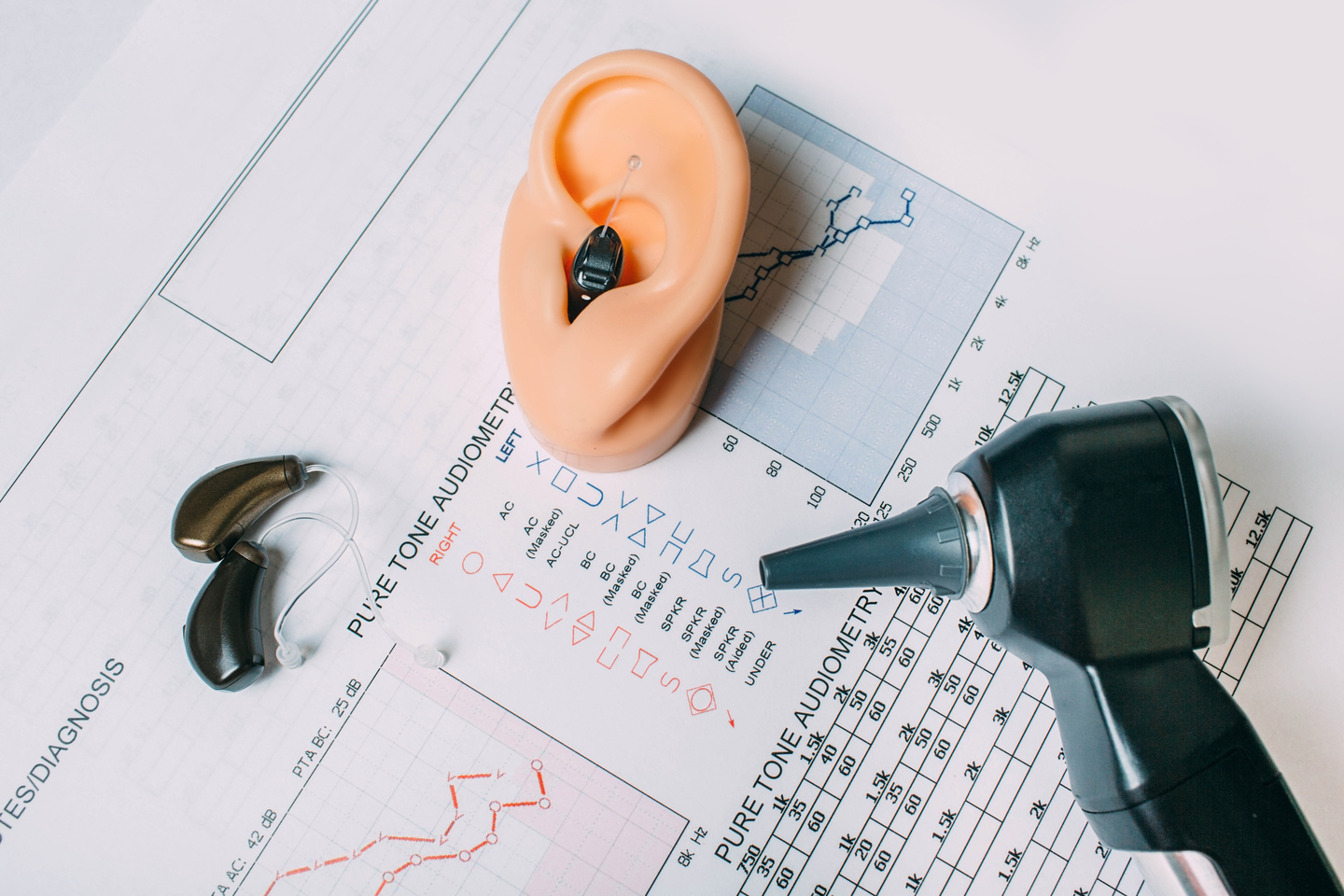Eustachian Tube Dysfunction (ETD)
Eustachian Tube Dysfunction (ETD): Causes, Symptoms, and Effects
The eustachian tube is an opening between the middle ear and the nasopharynx, the upper part of the throat behind the nose. This tube is responsible for regulating pressure within your inner ear which is controlled by fatty tissues that help open and close the tube. A ETD is characterized as the narrowing of this tube. This narrowing can cause several symptoms including muffled hearing and ringing in the ears, known as tinnitus.
The most common symptoms of ETD include:
- Aural fullness
- Hearing loss
- Chronic ear infections
- Damage to facial nerves
- Dizziness (Vertigo)
- Cholesteatoma
Eustachian tube dysfunctions can be diagnosed by an experienced ENT, or fellowship trained Otologist (ear surgeon). The otologist will perform several exams in the clinic, which primarily include the utilization of CT scan, nasal endoscopy, or tympanometry.
There are several different methods to treat ETD. These treatments include:
- Nasal steroids
- Decongestants
- Adenoid/Sinus surgery
- Balloon dilation
- Eustachian tube bypass procedure
- Drug eluting stents
The most common of these treatment options utilized today, when conventional methods do not work, are balloon dilations. This procedure is performed by an experienced ENT, or fellowship trained otologist (ear surgeon), in which a small balloon is inserted into the eustachian tube to help open it up. This allows for some relief of symptoms and can potentially solve the problem.








